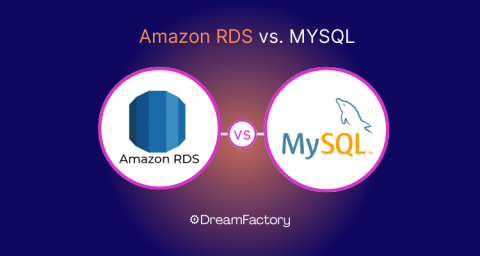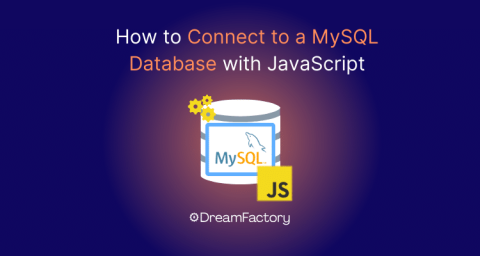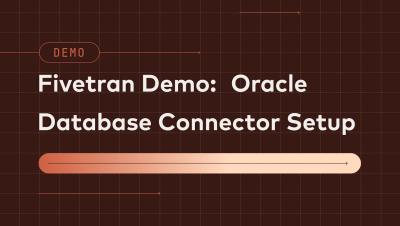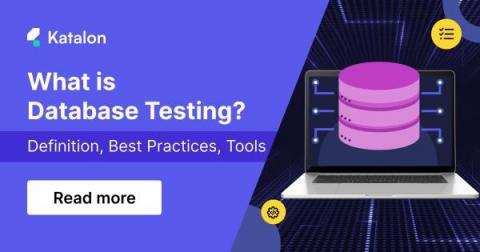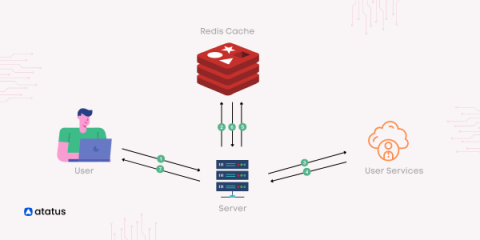Systems | Development | Analytics | API | Testing
Databases
How to Connect to a MySQL Database with JavaScript in a Few Steps
PostgreSQL vs MySQL: The Critical Differences
Fivetran Demo: SQL Server Demo Video
Fivetran Demo: Oracle Database Connector Demo Video
How to achieve secure database replication
Learn the crucial role of data governance and security in database replication.
Database Testing: A Full Guide
Database testing is the process of evaluating the accuracy, reliability, and performance of a database system. Its purpose is to ensure that the data stored there is consistent, valid, and can be correctly manipulated for business needs. The components to be tested are usually database schema, tables, and database triggers. Testers leverage SQL queries, data comparison tools, automation frameworks, or load testing tools to examine the data integrity, validity, security, performance, and structure.
Redis Tutorial: Exploring Data Types, Architecture, and Key Features
In today's digital landscape, data reigns supreme, shaping every facet of modern life. From personal pursuits to corporate endeavors, data's significance is undeniable. Its pivotal role spans industries, driving informed decisions and fueling efficient operations. Businesses harness data's power to decipher trends, understand customers, and adapt strategies. Effective data management, epitomized by Database Management Systems (DBMS), is essential.


